
 5
5




 1
1




 1
1




 1
1








Casie Becker wrote:With that many trees in a 1/4 acre lot, I think you're probably limited to shade tolerant plants, unless you remove some trees. Yards with that many trees here are usually too shady for most vegetables.
I showed my mother your photos and asked her more experienced opinion and she suggested you try growing plants in pots that you moved around to find the areas with sufficient sunlight. She also talked about how much difference removing one tree had in a home when I was a child.
As far as attractive design for your edible landscape, I was lucky enough to find this book https://www.amazon.com/Edible-Landscaping-Rosalind-Creasy/dp/1578051541 in a used book store. It's filled with full color photos of well done edible landscape. Her web page http://www.rosalindcreasy.com/ has more pictures, and a lot of helpful information. This includes some basic plant lists, organized by climate zone.
 1
1












Medicinal herbs, kitchen herbs, perennial edibles and berries: https://mountainherbs.net/ grown in the Blue Mountains, Australia
 1
1








Medicinal herbs, kitchen herbs, perennial edibles and berries: https://mountainherbs.net/ grown in the Blue Mountains, Australia




Standing on the shoulders of giants. Giants with dirt under their nails
 1
1








http://www.popcliq.com (web development), GoPermaculture Food Forest http://www.permies.com/t/57687/forest-garden/Permaculture-Food-Forest-suburban-permaculture, Sea Buckthorn (Seaberry) grower (hobbiest) https://www.facebook.com/michelle.bisson.37, zone 3b/4b (borderline) Quebec Canada




Kate Muller wrote:Hello Neighbor,
I am in Southern New Hampshire about 5 miles west of the Merrimack River. My husband and I have been working on our place since 2014. It sounds like you have glacial sand for soil. It is very common here. You will want to get a soil test. The glacial sand tends to be very low in nutrients. You may discover that it drains too well. You will find lots of rocks when you put a shovel in the ground.
The lack of sun and the competition for nutrients are going to be a big problem if you want fruit and nut producing plants. I can't even get Jerusalem artichokes to grow more than 2 feet in a spot that only gets 6 hours of sun. With 2 to 4 hours of full sun you are looking at herbs and leafy greens in terms of edibles. My old house in Manchester had partial sun at best and I major trouble getting anything to fruit. I would consider removing some of the oaks to allow more light in. If you want to grow mushrooms on the logs cut them down in the late winter when the maple sap is flowing and inoculate them right away.
We built a bunch of hugelkulture beds and the rodents love them. I have wood chucks, ground squirrels, rabbits, voles and moles living in them. They also dry out fast with the sandy soil. This year with the drought we had to water quite a bit even with 4 to 6" of mulch because everything drains too well. The wood chips from the town dump is the way to go. We started mulching everything with them this year and it has helped. I also use mulch hay and fall leaves to mulch everything.
The deer have been a major issue for us. This year they have jumped over our 7 foot fences and nibbled on everything. I think they have killed our cherry trees. Do not underestimate the deer.
Feel free to ask me questions.




 2
2




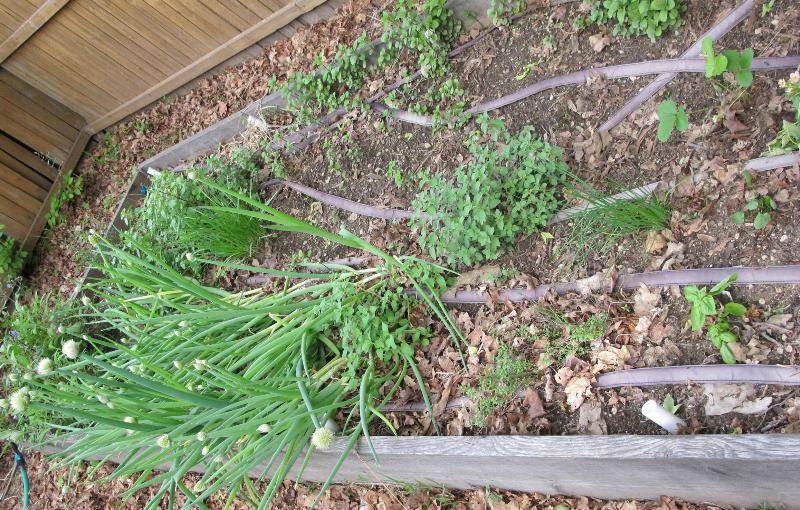
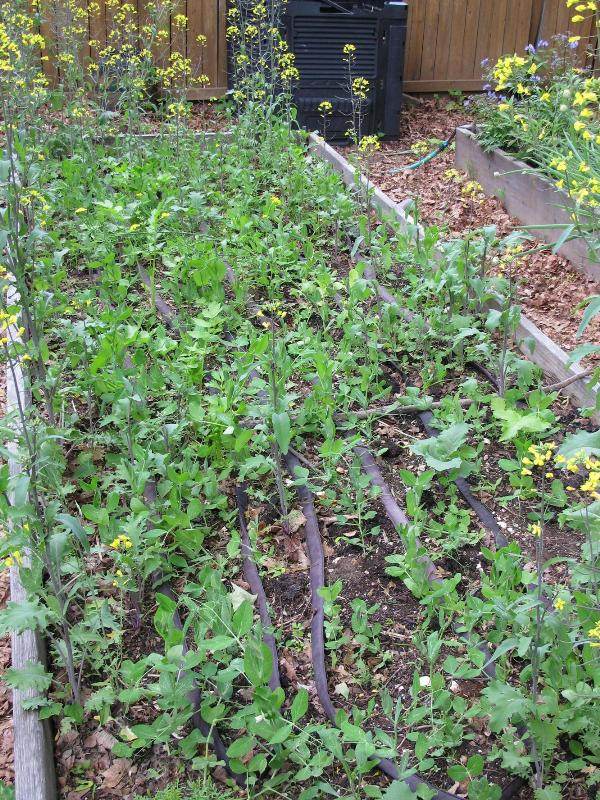
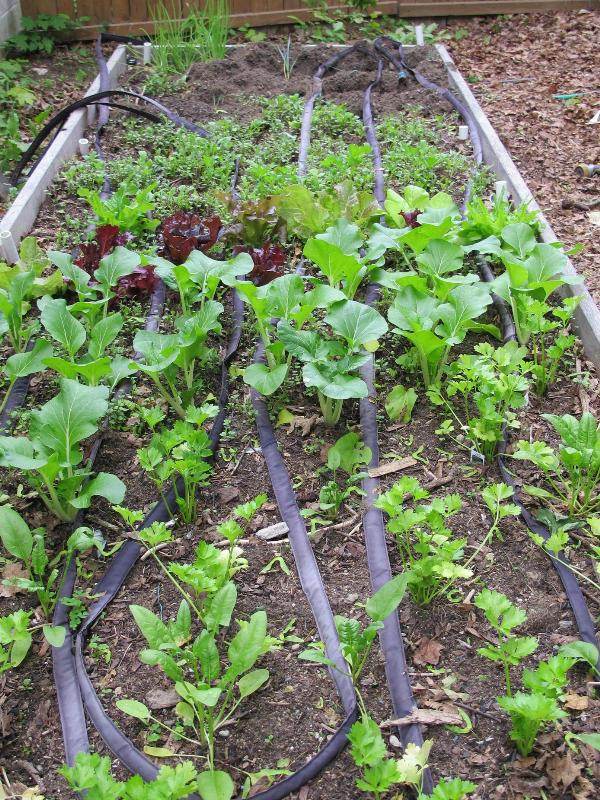
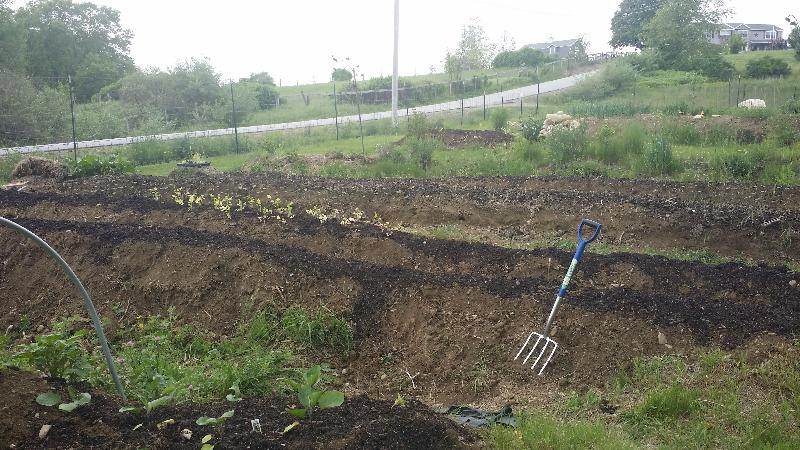
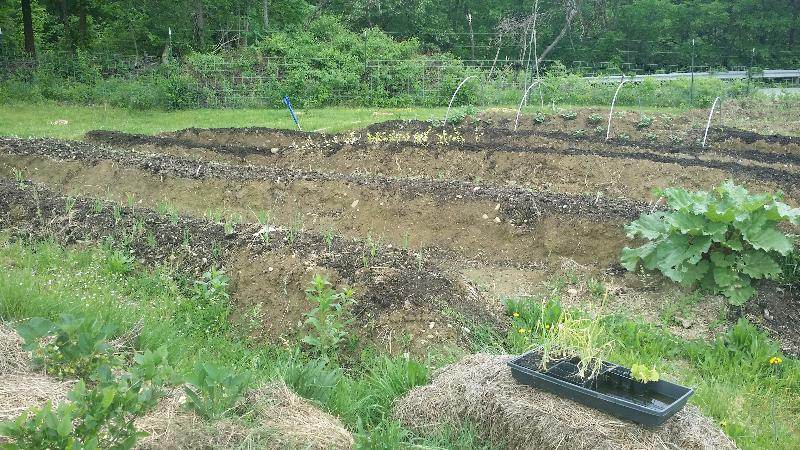
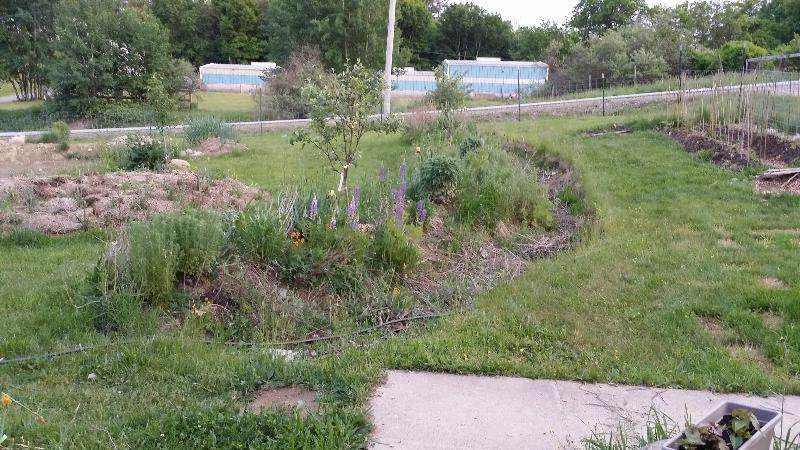
















 1
1




 2
2




http://www.popcliq.com (web development), GoPermaculture Food Forest http://www.permies.com/t/57687/forest-garden/Permaculture-Food-Forest-suburban-permaculture, Sea Buckthorn (Seaberry) grower (hobbiest) https://www.facebook.com/michelle.bisson.37, zone 3b/4b (borderline) Quebec Canada
 4
4




Contemplation is the first act of disobedience...
 1
1




Medicinal herbs, kitchen herbs, perennial edibles and berries: https://mountainherbs.net/ grown in the Blue Mountains, Australia




 1
1








Kate Muller wrote:Currents, Jostaberry, and gooseberry are not easy to get. You can't buy them in NH and I haven't found a company that will ship to NH either.
Elderberry grows everywhere here. American Hazelnuts suffer less deer damage than European varieties. Both types grow here and you can get them and other shrubs from the state nursery. I don't know how well they will do in partial sun.
http://www.nhnursery.com/uploads/2017%20catalog%20and%20%20cover.pdf
I want to try mulberries but I am hoping to find a variety that doesn't stain that will survive a NH winter.




Susanna Pitussi wrote:I'm working with some not-so-well-drained woods in Zone 6a in Nova Scotia. Similar climate, but mostly softwood and little soil depth.
You might want to check out the book "Integrated Forest Gardening". It's worth it just for the 15 case studies in the back, with 15 complete forest garden guilds including planting diagrams. They focus equally on medicinals, so their guilds might not be as food-focused as you are. I got a lot of ideas for plants from their book.
One of their guilds features a "North Star Cherry" hardy to zone 3 (I think).
Also, I haven't seen elderberry or paw paw mentioned here yet, and both are under-story plants that can handle some shade. I've also heard there are raspberry cultivars out there that will fruit in the shade, too. The authors of the book above show Paw Paw as hardy to Zone 4.
I'm wondering if it might be possible to do some selective limbing of a few of your oak trees, to make some holes in the shade without taking the whole tree down?
 1
1




 3
3





 2
2




I wonder if I could plant some sacrificial plants along the backyard fence line, to give the deer something even more attractive than my front yard? Persimmon or plum trees? Something that bears quickly, if I could nurse it to adulthood with chicken-wire cages?
Hans Albert Quistorff, LMT projects on permies Hans Massage Qberry Farm magnet therapy gmail hquistorff











 2
2




Hans Albert Quistorff, LMT projects on permies Hans Massage Qberry Farm magnet therapy gmail hquistorff












